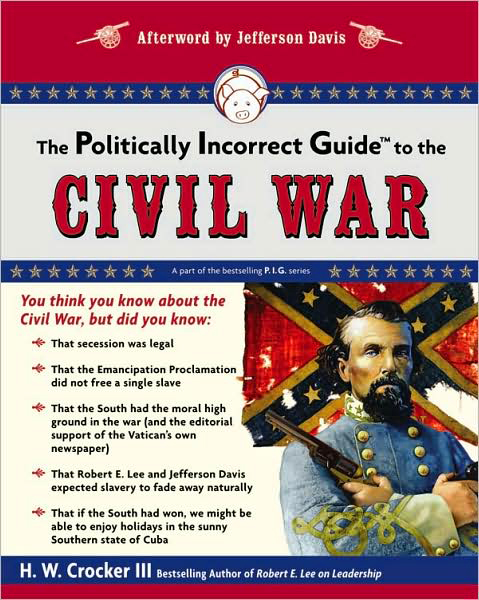
Last year’s confusion at Charlottesville over Civil War statues is by now almost totally forgotten, as new chaos erases the news of the past. The aftermath of this clash led to the senseless death of three, whose names are likewise buried in oblivion.
People ask why the clash took place. The easy answer is the racism associated with the historical monuments depicting certain figures of the American Civil War. All these monuments were seen as representations of darker, tyrannical days.
Keeping the monument, some say, promotes backward ideas. Others hold that these statues should remain as a reminder of a glorious past.
As the events of Charlottesville fade from the public memory, many more forget the actual history of these Civil War figures. Indeed most are content to sidestep the issue altogether as irrelevant.
10 Razones Por las Cuales el “Matrimonio” Homosexual es Dañino y tiene que Ser Desaprobado
This is a mistake. This is to put aside part of American history. When people ignore history they do not know what good qualities to follow or the bad experience from the past to avoid. Every American should know how these historical figures truly were, appreciate them for their contributions that helped shape the country, and recognize any defects that may have been brought by their actions.
The Politically Incorrect Guide to the Civil War is a useful manual to understanding controversies surrounding Confederate heroes and their importance not only in the Civil War, but in shaping American history.
Written by H. W. Crocker III, author of Robert E. Lee on Leadership, this guide presents the facts and figures of the War Between the States in a way that is both informative and engaging.
While the focus of the book is centered mostly on the South, it nonetheless gives the reader a view into the reasoning and justifications of both sides.
Eternal and Natural Law: The Foundation of Morals and Law
The work is divided into sections by topic, perhaps the most important of which is that of the generals’ biographies. In this section, the author contrasts the prowess and charm of Robert E. Lee on the Southern side with the cool calculation of George Thomas, the North’s unsung hero. He also points to the mistaken (and disastrous) tactics of the Confederate General Johnson and the scorched-earth policy exercised by Union General Sherman.
In all, the vices and virtues of each important figure are brought to light, leading the reader to respect the North’s dogged persistence while longing for the lost chivalry of the South.
But Crocker does not leave his audience in empty dreams. He points to the advantages that America may have obtained if the South had won, as a more aristocratic society. He addresses the age-old question of slavery, suggesting that the tragic institution would have faded naturally and more organically if the South had won.
Science Confirms: Angels Took the House of Our Lady of Nazareth to Loreto
However, he aptly reminds his readers of the reality of history, noting the fortunate outcome of the States being reunited, but encourages them to “cherish” what remains of Southern charm.
This work is properly a guide, giving what is necessary to know the Civil War and its figures. It is not dull, as the author inserts observations and at times humor to keep his audience attentive.
Moreover, the work contains ample references for the reader who would like to study the topics and characters more in depth. While making the reader admire the old South, the work tends to idealize it for its political rather than metaphysical value.
Figures and events have come and gone. But the names and ideologies of heroes ought to be known for the sake of the nation and the advancement of society in virtue.
